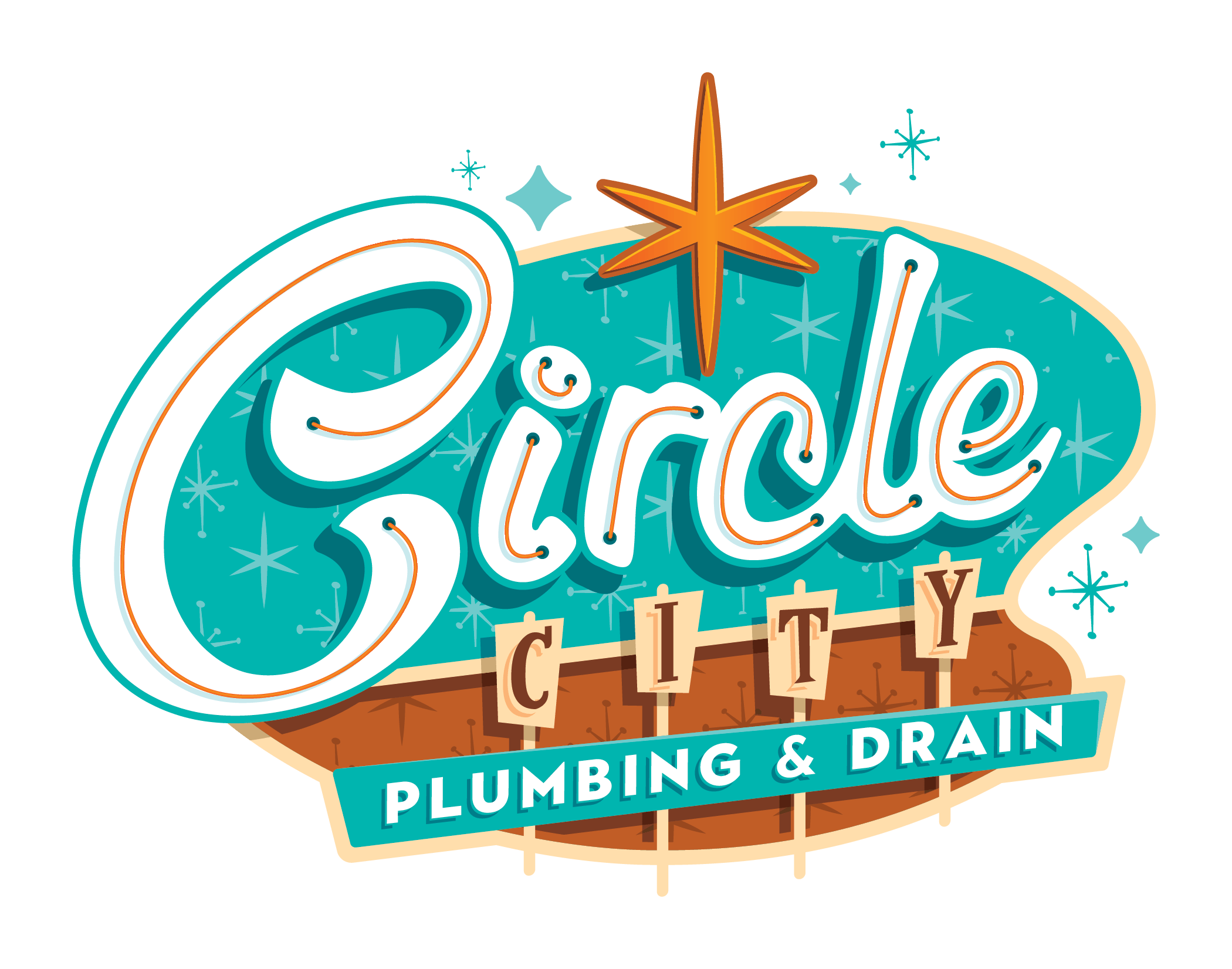Sewer Repair: Exploring Digging, Pipe Lining, and Pipe Bursting Techniques
The sewer system is a critical component of any urban infrastructure, responsible for transporting wastewater away from homes and businesses. Over time, sewer lines can deteriorate due to factors such as age, corrosion, root intrusion, and shifting soil. When issues arise, timely and effective sewer repair is essential to prevent disruptions, health hazards, and environmental concerns. In this comprehensive guide, we will delve into three primary sewer repair techniques: traditional digging, pipe lining, and pipe bursting. By understanding the advantages, challenges, and applications of each method, property owners and professionals can make informed decisions to restore the integrity of their sewer systems.
Visual Inspection
Direct access allows professionals to visually inspect the extent of damage and assess the condition of the sewer line.
Versatility
Traditional digging can be applied to various types of sewer line materials and sizes.
Long-Lasting Solution
New pipes are installed, offering a durable and reliable solution that can last for decades.
Traditional Digging: The Conventional Approach
Traditional digging, also known as open-cut or excavation, is the most common method of sewer repair. It involves excavating the ground above the damaged section of the sewer line to access and replace the damaged pipe.
Pipe Lining: The Seamless Rehabilitation
Pipe lining, also known as cured-in-place pipe (CIPP) lining, is a trenchless method that involves creating a new, seamless pipe inside the existing damaged pipe.
Minimal Disruption
Since no digging is required, pipe lining minimizes disruption to property, landscaping, and daily activities.
Cost-Effective
Pipe lining can be a cost-effective solution, as it reduces labor, excavation, and restoration expenses.
Quick Installation
The process of inserting, curing, and expanding the new pipe is relatively quick compared to traditional digging.
Minimize Digging
Pipe bursting eliminates the need for extensive excavation, reducing disruption and property damage.
Upsizing
Pipe bursting allows for the installation of larger-diameter pipes, improving flow capacity.
Efficient
The process of breaking and replacing pipes can be completed quickly, minimizing downtime.
Pipe Bursting Breaking Through Drain Repair
Pipe bursting is a trenchless technique that involves breaking apart the old pipe while simultaneously installing a new one in its place. This method is particularly useful for replacing old or damaged pipes with a new, larger-diameter pipe.
Comparing the Techniques
Each sewer repair technique offers unique advantages and challenges that should be carefully considered based on the specific situation.
Traditional Digging
Provides visual inspection, durability, and versatility but comes with disruption, time, and cost implications.
Pipe Lining
Minimizes disruption, is cost-effective, and has quick installation, but limitations exist based on pipe diameter, shape, and accessibility.
Pipe Bursting
Eliminates digging, allows upsizing, and is efficient, yet requires consideration of existing pipe material and access points.
